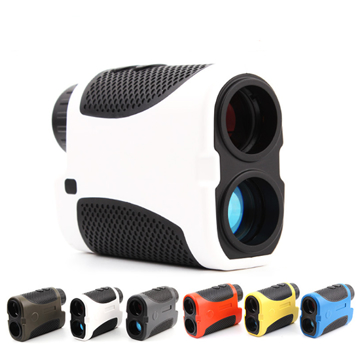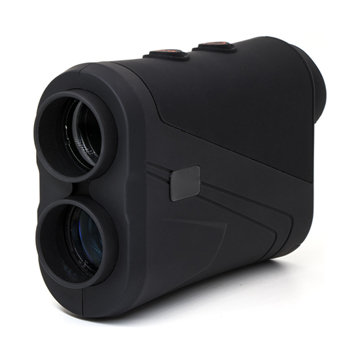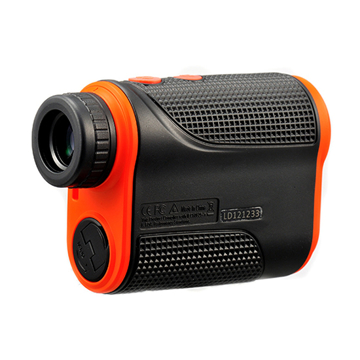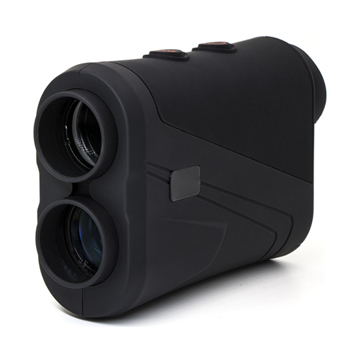Laser Rangefinder
400 Yards Golf Laser Rangefinder, 6X Magnification
600 Yards Laser Rangefinder for Construction/Golf/Hunting
850 Yards Golf/Hunting Laser Rangefinder
1000 Yards Laser Rangefinder for Construction/Golf/Hunting
1300 Yards Golf/Hunting Laser Rangefinder
1600 Yards Laser Rangefinder for Construction/Golf/Hunting
Best laser largefinder measuring tool designed for construction site, golf sport, outdoor hunting. 6X magnification clear view, LCD digital dispaly for easy reading, provides fast measurement with +/- 1 yard accuracy. Measuring range from 400 yard to 1600 yard with continuous scan mode, with speed, angle and slope-adjusted distance for fast and convenient measurements. Built-in rechargeable battery, durable rainproof body, small size and light weight, perfect for carrying while golfing or hunting or for measuring and surveying without extra weight or bulk.
What is a laser rangefinder used for?
The laser rangefinder is an construction tool that uses lasers to accurately measure the distance to a target. The laser rangefinder emits a very thin laser beam to the target when it is working. The photoelectric element receives the laser beam reflected by the target. The timer measures the time from the launch to the reception of the laser beam and calculates the distance from the observer to the target. If the laser is fired continuously, the measuring range can reach about 40 kilometers, and it can be operated day and night. If the laser is pulsed, the absolute accuracy is generally low, but for long-distance measurement, a good relative accuracy can be achieved.
The laser rangefinder is light in weight, small in size, simple in operation, fast and accurate. Its error is only one-fifth to one-hundredth of other optical rangefinders, so it is widely used in topographic surveys, battlefield surveys, tanks, aircraft, ships and artillery to target ranging; to measure clouds, aircraft, the altitude of missiles and satellites. It is an important technical equipment to improve the accuracy of tanks, aircraft, ships and artillery.
How does a laser rangefinder work?
1. Use the principle of infrared ranging or laser ranging. The principle of ranging can basically be attributed to measuring the time required for the laser to reach the target and return, and then calculate the distance D through the speed of light c =299792458m/s and the atmospheric refractive index n. Because it is difficult to measure time directly, laser rangefinders usually measure the phase of continuous waves, which are called phase rangefinders. Of course, there are also pulsed rangefinders. It should be noted that measuring phase is not measuring the phase of infrared or laser, but measuring the phase of the signal modulated on infrared or laser. There is a hand-held laser rangefinder in the construction industry for house surveying, and its working principle is the same.
2. The plane of the measured object must be perpendicular to the light. Usually precision ranging requires the cooperation of total reflection prisms, and the rangefinder used for house measurement directly uses smooth wall reflection to measure, mainly because the distance is relatively short, and the signal intensity of the light reflection is large enough. It can be known that the plane of the object to be measured must be perpendicular to the light, otherwise the return signal is too weak and the precise distance cannot be obtained.
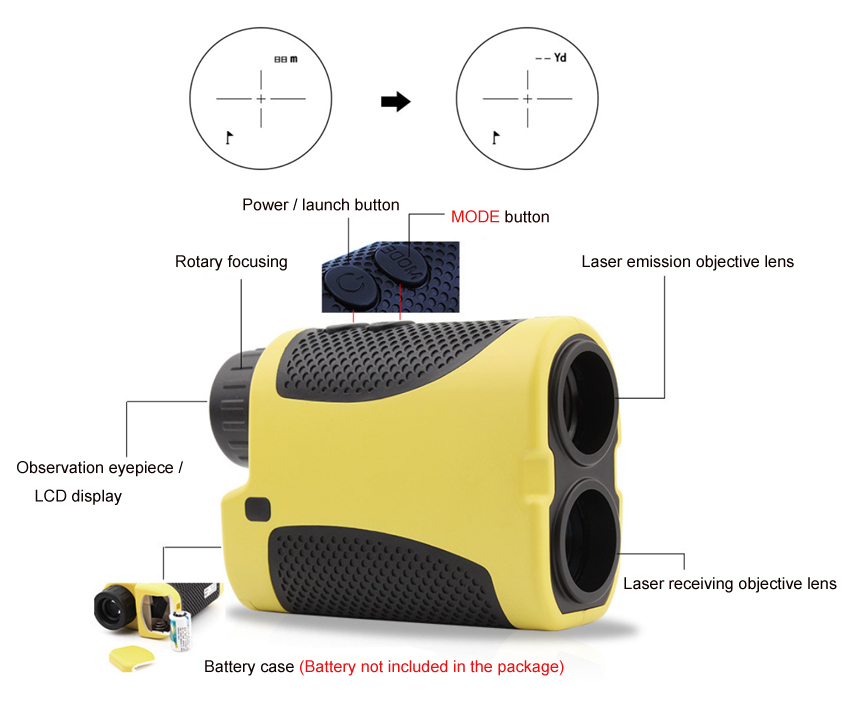
3. It can measure the surface of the object as diffuse reflection. In actual engineering, a thin plastic plate is used as a reflecting surface to solve the serious problem of diffuse reflection.
4. Entertainment grade products of pulse method laser rangefinder can achieve display accuracy of 1 meter, measurement accuracy of ±1 meter, measurement grade products, display accuracy of 0.1 meter, and measurement accuracy of ±0.15 meter.
5. The accuracy of the phase laser rangefinder can reach an error of 1 mm, which is suitable for various high-precision measurement purposes.
What is the best laser rangefinder?
When choosing the best laser rangefinder, you need to consider the measurement range, measurement accuracy, and use occasions.
- If you only need to measure the distance within a few meters or more than ten meters, and the accuracy requirement is not high, you can choose an ultrasonic rangefinder. The measurement effect of the ultrasonic rangefinder is greatly affected by the environment, and the stability and sense of direction are worse than that of the laser rangefinder. It is suitable for indoor measurement, but the price is relatively cheap.
- When the measuring distance is not long, it is mostly used indoors and the accuracy is high, a hand-held laser rangefinder can be purchased. The hand-held laser rangefinder is suitable for indoor use, and the measurement accuracy is very good. (If the user needs to measure in an outdoor environment, it is recommended to be equipped with a professional laser sight and reflector, and use them in combination to achieve the expected range and effect.)
- The measurement distance is far, and when it is mostly used outdoors, choose a telescope-type laser rangefinder, that is, a laser ranging telescope. Its characteristic is that it is both a telescope and a rangefinder, which magnifies the observation multiple. The user only needs to use the cross sighting system inside the eyepiece to easily aim at the target for distance measurement. By using the transparent infrared laser transmitting and receiving operation that is harmless to the eyes, the target distance can be accurately measured. The laser ranging telescope is small, light and easy to carry.
How accurate laser rangefinders are?
The accuracy of laser rangefinders has always been concerned by customers, and some industries also need relatively high-precision laser rangefinders. For long-range laser rangefinders, the general accuracy is up to 1 yard +-1%. At present, it can be called a high-precision laser rangefinder with an accuracy of 0.5 yards +-1%. This high-precision rangefinder has an accuracy of 0.5 yards within 100 meters.
The measured distance range must be estimated in advance. Generally, rangefinders are divided into four types: Hand-held short-range laser rangefinders, single-tube long-range rangefinder telescopes, binoculars long-distance rangefinder telescopes, and ultra-long-distance rangefinder telescopes. The accuracy of the hand-held short-distance rangefinder is within the range of 50 meters to 200 meters; the accuracy of the single-tube medium and long-distance rangefinder telescope is 600 meters to 1500 meters; the accuracy of the binocular long-distance telescope is above 1200-3000 meters; the accuracy of the ultra-long-distance ranging telescope is more than 3500 meters.
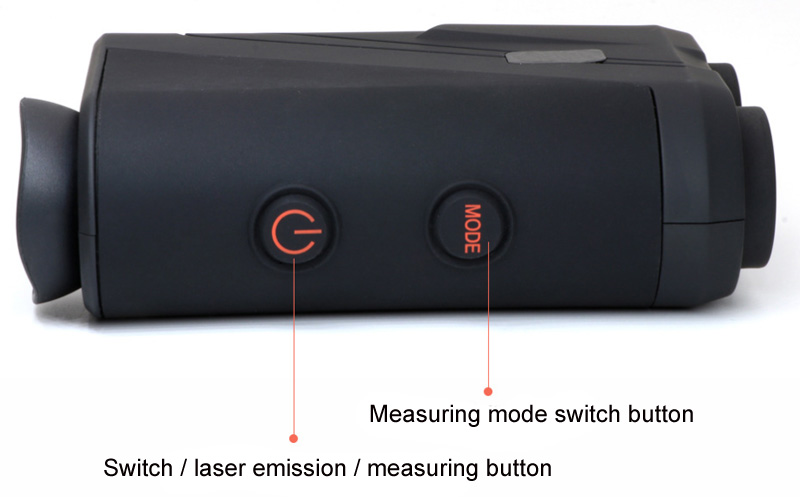
How far can a rangefinder see?
- Hand-held laser rangefinder: The measuring distance is generally within 200 meters, and the accuracy is about 2mm. This is currently the most widely used laser rangefinder. In addition to measuring the distance, it can generally calculate the volume of the measured object.
- Telescope laser rangefinder: The measuring distance is generally about 600-3000 meters. This type of rangefinder measures a relatively long distance, but the accuracy is relatively low, and the accuracy is generally about 1 meter. The main application range is long-distance measurement in the field.
Are laser rangefinders dangerous?
The laser rangefinder uses laser as the main working material to work. At present, the working materials of hand-held laser rangefinders on the market mainly include the following types: Semiconductor lasers with working wavelengths of 905 nanometers and 1540 nanometers, and YAG lasers with working wavelengths of 1064 nanometers. The wavelength of 1064 nanometers is harmful to human skin and eyes, especially if the eyes are accidentally exposed to the laser of 1064 nanometers wavelength, the damage to the eyes may be permanent. For the 905 nm and 1540 nm laser rangefinders, we call them "safe". For the 1064nm laser rangefinder, we call it "unsafe" because of its potential harm to the human body.
Since the laser rangefinder uses lasers for distance measurement, and the pulsed laser beam is a monochromatic light source with very concentrated energy, do not look directly at the launch port with your eyes, and do not use a telescope to observe the smooth reflecting surface to avoid injury the human eye. The measurement must be carried out in accordance with the safety operation specifications in the instrument manual. Do not directly aim the launching port of the instrument at the sun during field measurement to avoid burning the photosensitive element of the instrument.

